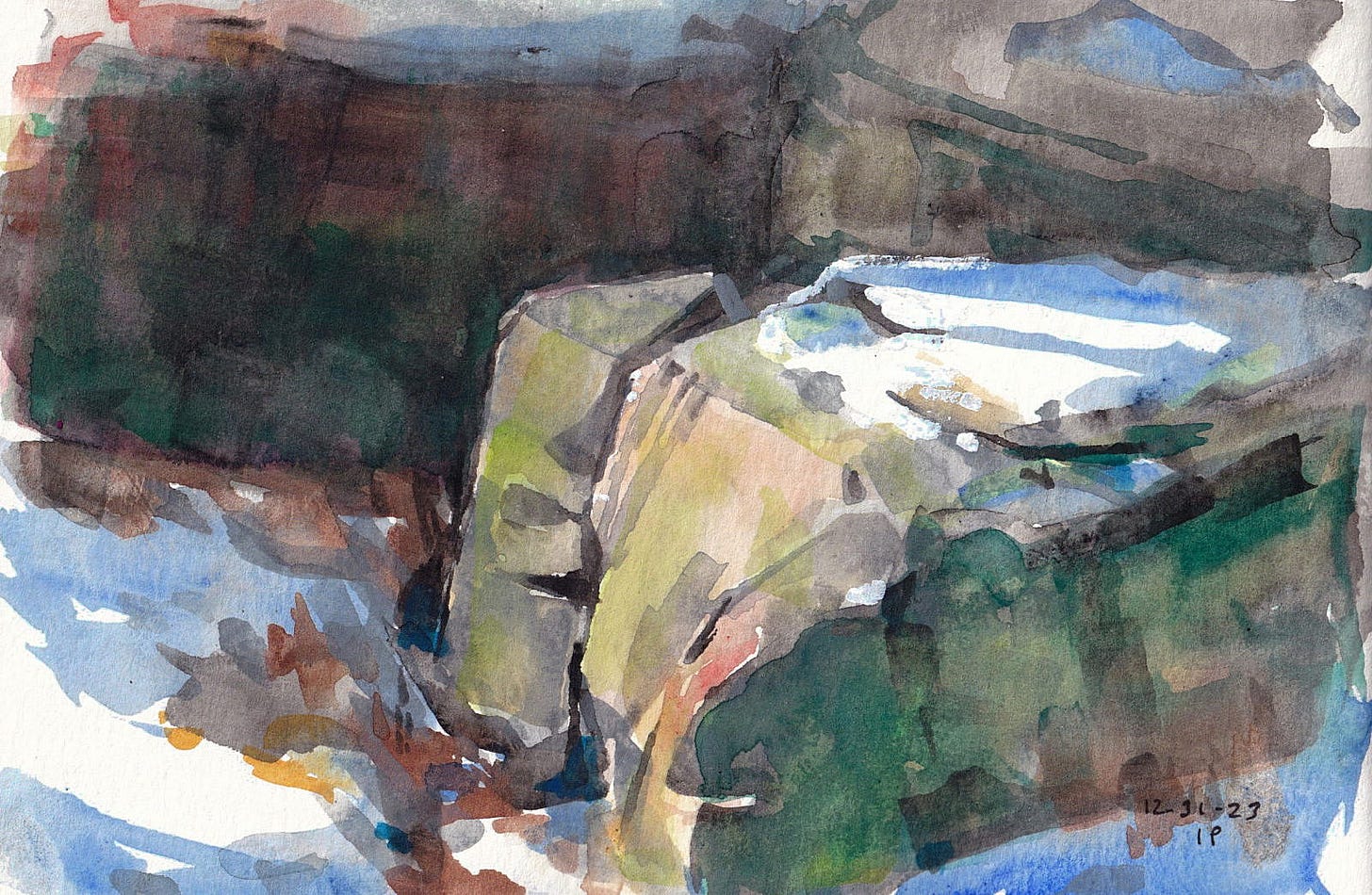In case you missed it, meteorological spring started March 1st here in the northern hemisphere. (It's easy to miss, as we can still have winter weather for a little longer.) So did you, in fact, miss the start of spring?
That depends on what you consider the "start." For most of us non-scientists, spring is based on astronomy and not on meteorology. Astronomical spring arrives with the vernal equinox, which this year happens on March 19th. The vernal equinox is that precise moment in time when our planet slides into a particular spot in its orbit. Basically, at that spot, night and day become equals—12 hours to each. Meteorological spring, on the other hand, is based on temperature averages. The coldest three months of the year—meteorological winter—end with February, and so spring has been declared by meteorologists to start March 1st. If you're still puzzled, here's a helpful diagram:
I like to think optimistically, so I'll take the earlier start date. So, now that winter is over, I want to share with you some gouache sketches I made these last three months. I'll be working on some spring sketches next—even if we have snow. Snow, by the way, is one of my favorite subjects because it simplifies the landscape and often provides interesting shapes and lighting effects.
















Michael went you use gouache do you have to thin it down and if so how much to get it to appear as a thin watercolor wash? Perhaps I should ask the question this way some of your brush strokes are much darker that others especially the darker colors. In the lighter washes did you have to dilute the gouache and if so how much to get the soft yellows, purples, greens, and blues to get the effect of watercolor appearance?
I love your gouache winter sketches. Thanks for sharing the seasonal weather information as well!